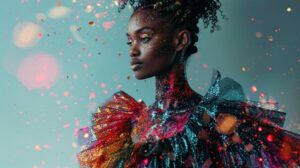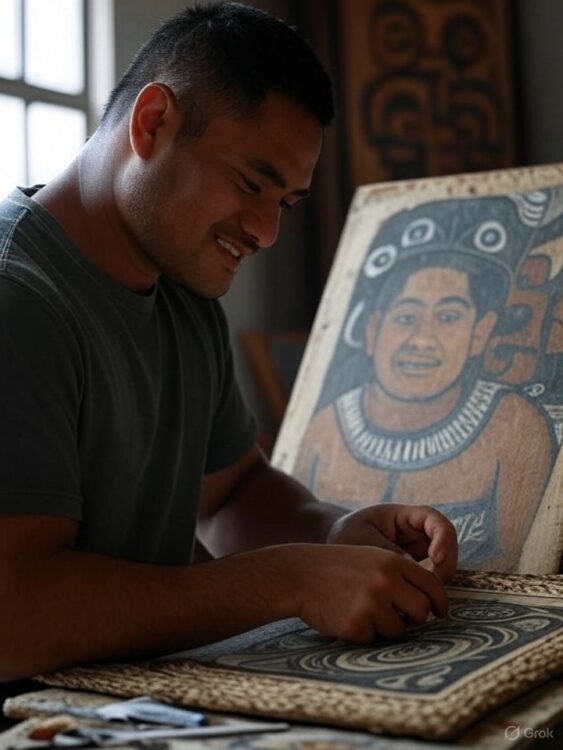
Microsoft’s AI Copilot Gets a Photographic Memory – What It Means for You!
May 23, 2024
Love Bytes with Cybelle: Embracing the Light Amidst the Shadows: Navigating Tradition and Love
May 23, 2024
Levi’s managed to create new AI-Generated models for their new jeanswear range (which was later paused). What would that mean for Pacific fashion?
AI-Generated Models for Fashion: The Future of E-commerce?
Levi Strauss & Co. announced plans to integrate AI-generated models into its online shopping platform, sparking controversy over the potential displacement of real models. Despite backlash, Levi’s continues to collaborate with Lalaland.ai, the Amsterdam-based company responsible for these digital avatars. According to Duy Vo, Lalaland’s creative director, the process involves extensive research and trend analysis, mirroring traditional fashion photography but with advanced AI tools that generate diverse, body-inclusive avatars.
Creating AI Models: A Blend of Art and Technology
Vo’s work at Lalaland includes creating 3D models and using generative AI to produce realistic identities with various ethnicities, features, and styles. This process, which can take days to perfect, involves curating the AI’s output to avoid errors like extra fingers or misplaced heads. The digital models are then dressed in either 3D-designed clothes from clients or digitised garments, ensuring high accuracy in replication and presentation.
AI in Fashion: A Complement, Not a Replacement. Or Is It?
While AI-generated models can streamline e-commerce visuals, Vo emphasises that creating full ad campaigns with AI remains challenging due to the intricate requirements of fashion photography. The technology is viewed as a tool for enhancing commerce images rather than replacing traditional fashion photography. The role, akin to tech jobs in the US with salaries around $100,000 to $120,000, bridges fashion expertise and technological capability, offering a new career path for fashion professionals.
Promote Local Fashion: Potential Downsides
While AI-generated fashion models offer an innovative way to showcase traditional Pacific Islander attire globally, there is a risk of cultural misrepresentation and appropriation. The use of AI to recreate traditional designs and styles without genuine cultural context can lead to superficial or incorrect depictions, diminishing the authenticity and significance of Pacific Islander heritage. Additionally, relying on AI models might reduce the opportunities for local artisans and designers to gain recognition and profit from their work, as technology-driven solutions overshadow human creativity and craftsmanship.
*An AI tool was used to add an extra layer to the editing process for this story.



